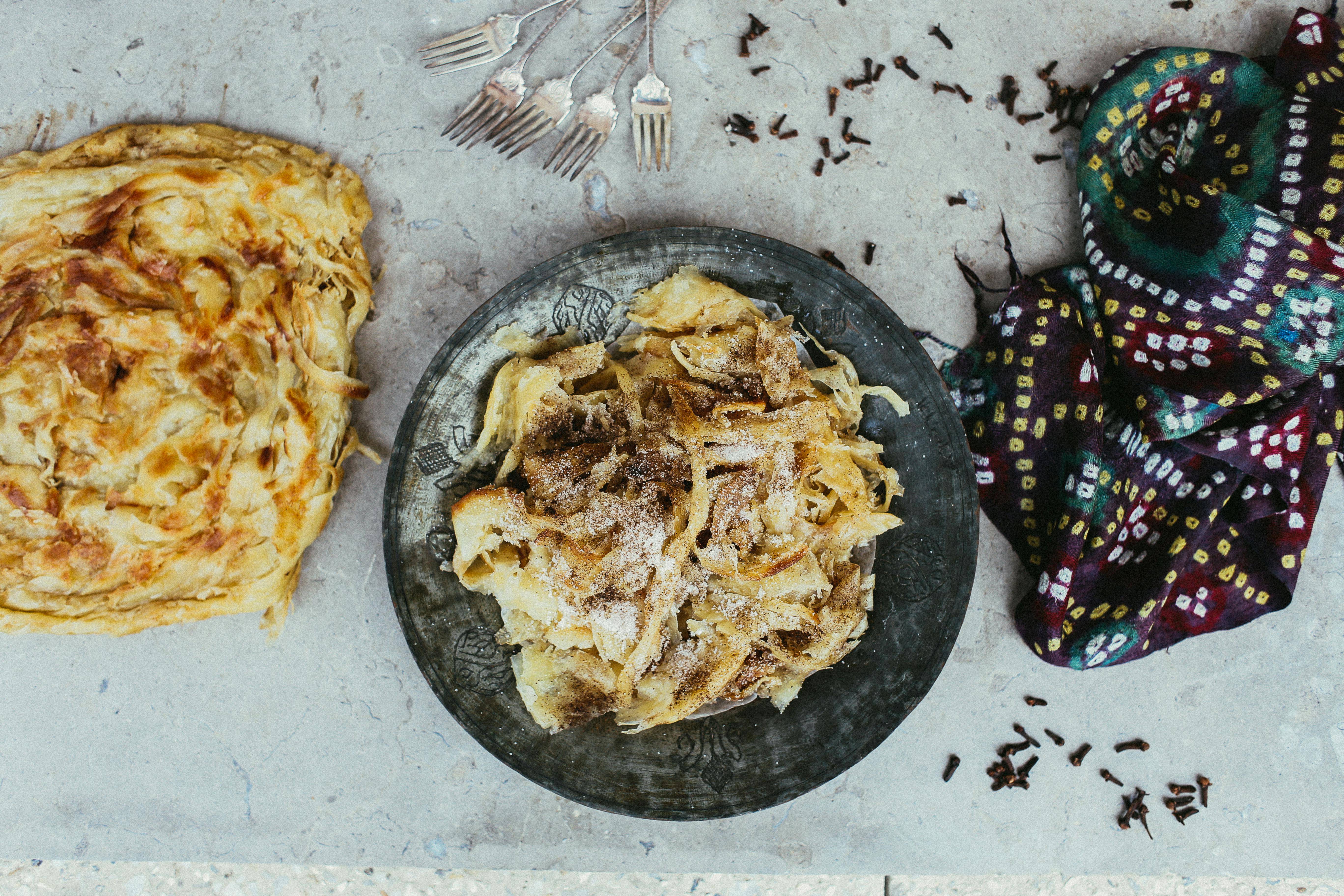Kidkraft kitchen toys – ideal for kinesthetic learners
Kitchen toys provide ideal tools for kinesthetic students to develop skills. Kinesthetic children learn by doing an activity rather than by reading or listening to the activity. Moving, standing, and working to manipulate objects are vitally important to the kinesthetic child.
Although the primary purpose of kitchen playtime toys is playtime, it is not uncommon for items that are not intentionally designed for education to help develop skills in a child. A real kitchen is full of wonderful things for children to learn. However, a real kitchen is not a safe place for children without close adult supervision. This is where toys like a measuring cup, rolling pin, and whisk offer a safe teaching experience for your child.
Play kitchen toys are not always easy to find in retail stores, but they are easy to find online. The Kidkraft kitchen line has items that include full kitchen appliances including a stove, sink, and refrigerator along with baking sets, toasters, coffee makers, and more. These types of products are ideal for the kinesthetic learner by providing the much needed hands-on learning process.
A baking game is a great example of how these toys help kinesthetic learners. Allowing a child to use a pretend baking game to bake cookies teaches the child to follow directions, measure ingredients, and stir. Kitchen toys, such as baking sets, usually include a rolling pin, a cooking pan, a measuring spoon, a non-working mixer, a spatula, and plastic chocolate chip cookies. Although these are toy instruments, they still have a lot of functionality. For example, the Kidkraft rolling pin really works and can be used to cut out cookies. Learning to multitask is another positive benefit of baking “cookies” with kitchen toys.
Another learning opportunity is found with the use of toy kitchen utensils. These sets usually contain a pan with a lid, plates, cups, and utensils. These sets allow kinesthetic learners to represent all the steps involved in preparing a complete meal. The children then use the toys to create a table and serve their food. For added fun, the toy utensils and tabletop can be used with a real lunch of sandwiches and fries.
Another learning opportunity comes with the use of a cupcake stand. These sets usually contain plastic cupcakes with a stand. Letting your kinesthetic child pretend to measure and mix ingredients, bake the cupcakes, and then place them on the stand teaches him many valuable skills for life-long activities, including balance and coordination skills. For added fun, the toy stand can be used to hold eight real dessert cupcakes.
Playing with kitchen toys creates a sense of responsibility and pride in a child. As they cook and serve “dinner,” they gain a sense of accomplishment and great pride in their efforts. With activity-based learning, it is important to teach children to complete the activity to the end. A great way to motivate them to complete the activity is to praise their accomplishments and efforts to learn. There are still more learning opportunities awaiting you at the end of your meal prep task. As every chef knows, after preparing and serving the food, the table is cleaned, the dishes are washed and dried with ordinary soap and water. Learning to handle the washcloth or sponge in kitchen toys helps you coordinate. In addition, you will learn the importance of cleanliness, especially in kitchen products. As a bonus, children might even be more interested in helping with the actual food process.
Playing with kitchen toys helps kinesthetic learners develop important skills without even realizing it. Learning how things go together in a practical way teaches lessons that will stay with the child as he grows. The key is to keep them physically involved in their education.
